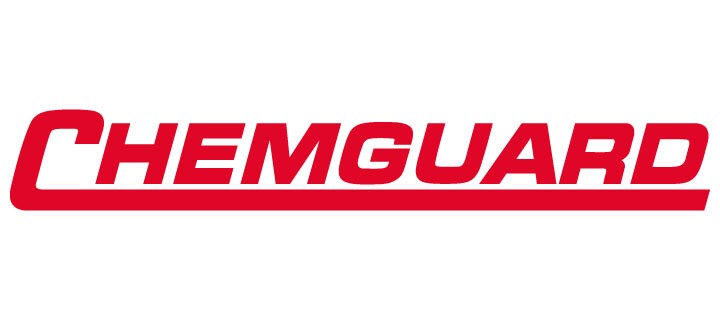How Title 24 Is Impacting Rooftop Unit Design
The goal of the California Energy Commission’s guide to Building Energy Efficiency Standards (Title 24, Part 6) is simple: Reduce energy use and ensure comfortable occupancy in residential and commercial buildings across the state of California. This can be accomplished in a number of ways, including appropriately sized systems, adequately insulated ductwork, smart thermostats and, for rooftop units (RTUs), proper ventilation and an associated Fault Detection and Diagnostic (FDD) system.
Get the Ventilation Right
One of the simplest ways to reduce energy use is to take advantage of outside air that is cooler than the supply air temperature (SAT) that a space requires. This “free cooling” isn’t as easy as it sounds for large, sealed buildings — you can’t just open a window. Here, an economizer works much like opening a window by utilizing a motorized, adjustable damper that regulates an opening on the return air side of the coil. This economizer works to provide fresh air while also minimizing building over-pressurization. Title 24 requires a low leakage damper rated at less than 10 CFM/sq. ft. at 1.0 iwg per AMCA 500.
Don’t Forget Fault Detection and Diagnostics
Properly functioning economizers work well to help reduce energy use, but they can occasionally fail to operate properly due to sticking dampers, failing actuators and faulty sensors. And that can result in a lot of wasted energy. In order to address this potential failure point, Title 24 requires that RTUs of 4.5 tons or larger, equipped with an economizer, can also be fitted with a failure monitoring system. These systems are required to provide information about whether free cooling is available, if the economizer is enabled, if the compressor is enabled and if heating is enabled. In addition, they must detect faults, including air temperature sensor failure, inoperable economizer or damper operation and excess outdoor air ingress.
Selecting the Right RTU
The California Energy Commission has stated that the following conditions must be met in order for a rooftop unit to be Title 24 compliant:
- Cooling
- Return/Exhaust Option: exhaust fan or gravity damper
- Economizer
- Economizer: full indoor air quality (IAQ) with full airflow measurement
- CO2 sensor (check box)
- Economizer Control: dry bulb sensor or single enthalpy sensor
- Type of Damper: ultra-low leakage
- Heating
- No electric heat
While the requirements for Title 24 may be stringent, the Johnson Controls high-performance rooftop product portfolio already provides class-leading, standard-efficiency levels with options to meet all applicable state and federal requirements — including Title 24 certification. Available in 3- to 150-ton capacities, these rooftop units also include features designed to minimize installation and operating costs, including standard Smart Equipment. Each roof-mounted package unit combines an exceptional combination of efficiency, performance and comfort. For example, our 25-50 Ton Premier rooftop units are certified to have a maximum leakage rate of 4 CFM/sq. ft. at 1.0 iwg, versus the 10 CFM/sq. ft. at 1.0 iwg required to meet the ultra-low leak damper requirements.
California’s Title 24 requirements are just one of many factors changing the face of rooftop unit design. To learn more about how rooftop units from Johnson Controls meet Title 24 mandates — and much more — download your free copy of the complete Variable Air Volume (VAV) Application Guide for Rooftop Units.

















.jpg?la=en&h=320&w=720&hash=244C75B74F0F77521D56164450973BCD)






































